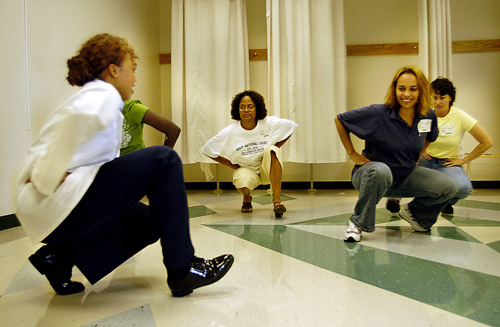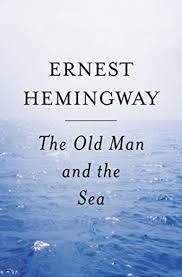Echo Fuelers training for deployment to Afghanistan in 2012
I visited my former unit for the first time since I left the Army last year. I showed up at 4p.m. on Sunday afternoon. Most of the soldiers were getting ready to go home after a 3-day drill weekend that included the always-traumatic APFT--Army Physical Fitness Test.
One soldier I saw was Jeff Kwiecien, a flight medic who recently broke his leg pretty badly. We talked about living with plates and screws. His plates might come out in a year. He working hard to return to full use of his broken leg.
Matt Kauffman and Bruce Reiner at Camp Garry Owen, Iraq. Jeff Kwiecien just hanging around.
Then I walked over to Echo Company. A group of guys outside their orderly room was talking about who flunked the APFT. Matt Kauffman saw me and said, "Tell these guys how fast you ran the two-mile when you were in Echo." I told them and then Matt made clear how incredibly old I am. So then they were talking about: Who is slower than a 60 year old. They also mentioned guys who were faster.
When I joined Echo Company Matt had recently joined the Army. We ran together in training and he was my partner in Combatives--the Army version of fighting unarmed. Matt is tall stronger and was 22 years old when we were in Combatives. I lasted a minute before he pinned me in the dirt. We were in Iraq together. We also were together in the summer of 2011 when I trained to go to Afghanistan, but ended up not going. Matt went. Now he is one of the senior fueling sergeants in Echo Company.

Matt Kauffman in Afghanistan
I was also joking with Bruce Reiner. He is the guy I wrote about walking a long way for a flush toilet in Kuwait. The link is here. He is in his mid 50s and has taken my place as the oldest guy in Echo Company.
I also saw Jordan Bannister in battalion headquarters. She was NCO of the Year last year, leads the Color Guard at ceremonies and very good shot. She is an administrative sergeant. She put together the paperwork for my last attempt to get an extension. If it had gone through, I would be in the Army right now, but definitely getting out this month.
Jordan Bannister Cathy Green
I also saw Cathy Green, the brigade medical officer. She was telling me about her civilian business making and repairing costumes and other clothes. We were also talking about protesting, because she is an officer and cannot in any way take a public political position.
One of the big weekend events was a change of brigade command. My last commander, Colonel Dennis Sorensen is retiring. His executive officer Howard Lloyd is taking over as the new commander. I talked with both of them and a dozen other soldiers as I walked through the halls of the armory.
Howard Lloyd
Dennis Sorensen
Just before I left, I talked with Dell Christine. He is up on all the latest threats and security issues around the world. I told him about my upcoming trip and he said, "You better be careful. I don't want to see you TV in jail or worse." Senior leaders in the Army get plugged into all kinds of information about terrorist threats. I suppose if I read all that stuff, I would not go on my Eastern European bicycle trip in June and July. I'll be sure and let Dell know I made it back alive.
Dell Christine
I was hoping to see my former boss Travis Mueller and Chad Hummel in Echo Company. Maybe another time.


















